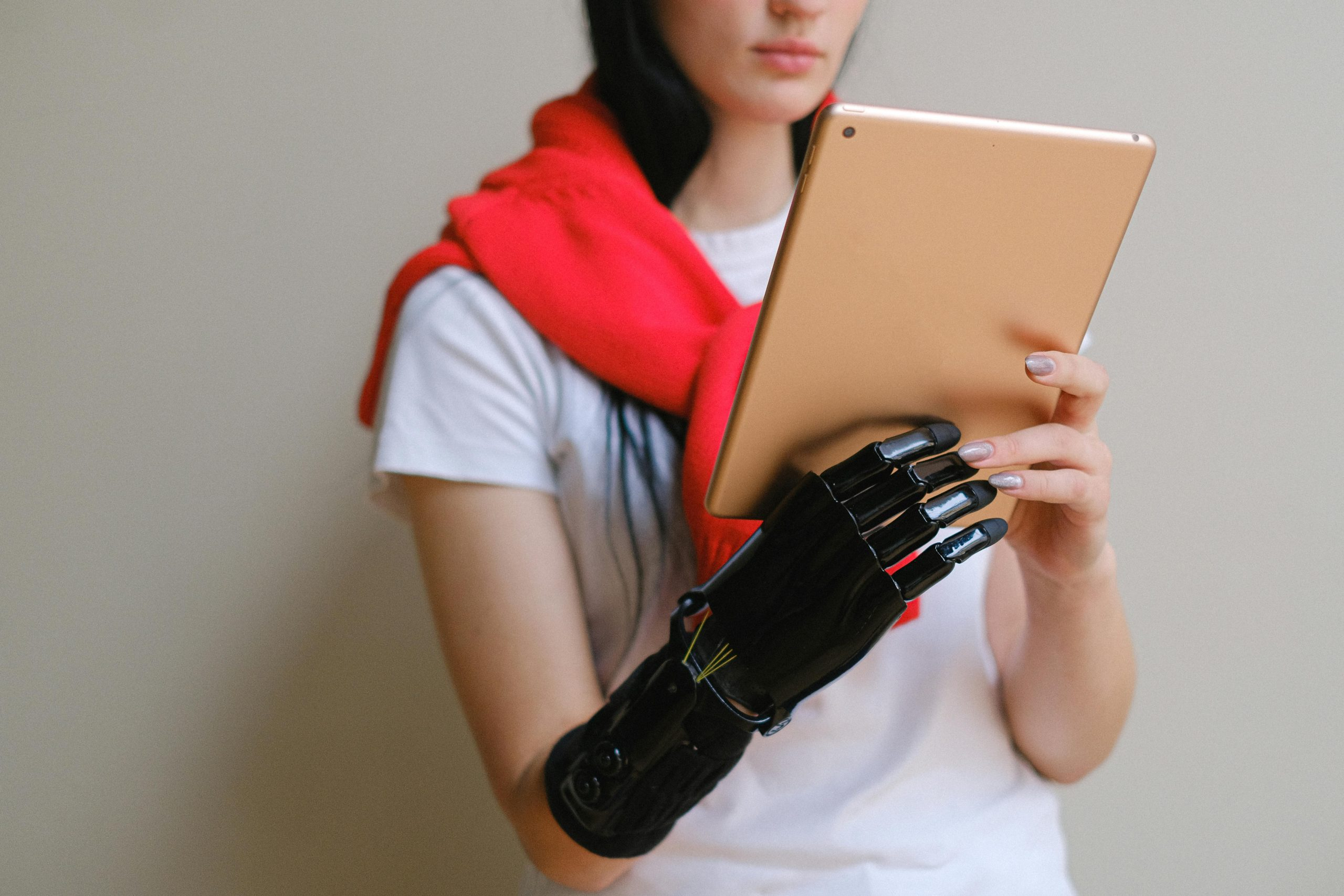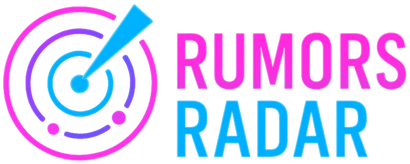How new gadgets are making healthcare more personal
Technology continues to revolutionize the way we live our lives and it’s no different when it comes to healthcare. With the latest gadgets and devices, medical professionals are now able to deliver personalized healthcare services to patients like never before. From monitoring vital signs, to tracking fitness levels and even diagnosing health conditions, these new gadgets are transforming the healthcare industry and making it more personal. In this article, we will take a closer look at how new gadgets are changing the face of healthcare and the benefits they bring to both patients and professionals.
The Rise of Wearable Devices
Gone are the days when the only way to track your health was through routine clinic visits or using bulky medical equipment. Today, wearable devices such as smartwatches, fitness trackers and even smart clothing are becoming increasingly popular. These devices are equipped with sensors that can track your daily activity levels, heart rate, sleep patterns and more. This data is then synced to your smartphone or computer, providing you with real-time feedback on your health.
Personalized Fitness Tracking
One of the key benefits of wearable devices is their ability to track fitness levels. For example, if you have a fitness tracker on your wrist, it can measure your daily steps, distance covered, calories burned and more. This data can then be used to set personalized fitness goals and track your progress over time. By having this information at your fingertips, you can make more informed decisions about your daily activities and work towards a healthier lifestyle.
Better Health Monitoring
Wearable devices are not just limited to tracking fitness levels, they can also monitor your overall health. For instance, people with chronic conditions such as diabetes or heart disease can use wearable devices to track their blood sugar levels, heart rate and other vital signs. This information can then be easily shared with their doctors, allowing for more accurate diagnosis and treatment plans.
The Power of Telemedicine
Another way in which new gadgets are making healthcare more personal is through the rise of telemedicine. This refers to the use of technology to provide remote healthcare services, allowing patients to consult with doctors and other medical professionals without having to visit a clinic.
Virtual Consultations
Thanks to video conferencing technology and smartphone apps, patients can now have virtual consultations with their doctors from the comfort of their own homes. This not only saves time and money, but it also allows for more personalized and convenient healthcare services. Patients with mobility issues or those living in remote areas can now have access to quality healthcare without having to travel long distances.
Remote Patient Monitoring
With the help of wearable devices and other gadgets, doctors are now able to remotely monitor their patients’ health. This is especially beneficial for patients with chronic conditions or those recovering from surgery, as it allows doctors to track their progress and detect any potential issues in real-time. By keeping a close eye on their patients, doctors can provide more personalized and proactive care.
Limitations and Future Possibilities
While new gadgets have certainly made healthcare more personal, there are still some limitations to consider. For example, not everyone has access to these devices and for those who do, there may be concerns about the security and privacy of their data. Furthermore, there is still a lack of regulations and standards in place for these devices, which can pose a risk to patients.
However, as technology continues to advance, the possibilities for personalized healthcare are endless. With the rise of artificial intelligence, machine learning and data analytics, we can expect even more sophisticated gadgets and devices in the future. These may include personalized drug delivery systems, smart health monitors and even virtual doctors powered by AI.
Conclusion
In conclusion, it is clear that new gadgets are making a significant impact on the healthcare industry. From providing personalized fitness tracking and health monitoring, to enabling remote consultations and patient monitoring, these devices are changing the way we approach healthcare. While there are still some challenges to overcome, the future looks promising for personalized and technology-driven healthcare.
With the increasing availability and affordability of these gadgets, it is important for both patients and professionals to embrace this technology and use it to its full potential. By working together, we can make healthcare more personal, efficient and accessible for everyone.











